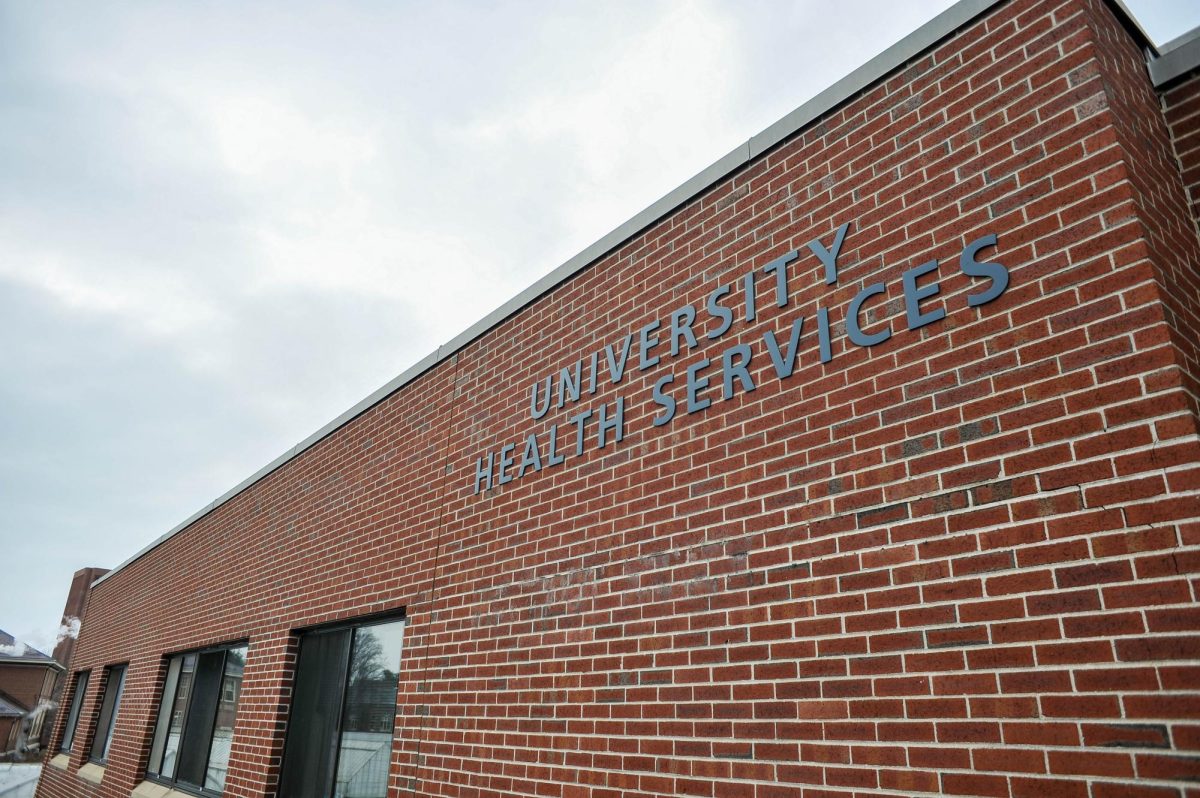I’m interested in your plans for this weekend. Perhaps you are adventurous and will head to the Big E. If you aren’t familiar with the Big E, it is the major agricultural fair, encompassing all of New England, and it’s held in West Springfield, only a half hour from campus.

The Big E is a big farming deal. However, I have a feeling that most people just go to see Goliath, the giant horse. According to statements, he is alive and over eight feet tall. Plus, the exhibitor will pay you $5,000 if he’s not real! Seriously though, the Big E offers so much New England culture and excitement in one location.
I have to say, though, going to the Big E would just be following the crowd. Instead, why not go dinosaur hunting? This may shock you, because what I just wrote displays utter disregard for our environment, especially when the preservation of endangered species is so important. However, please let me assure you that I love the earth and all of its creatures, including dinosaurs.
What I meant to say: why not go dinosaur track hunting? Amherst is part of an area rich in dinosaur tracks. The entire Connecticut River valley is a treasure trove for these specimens. The earliest discovery of these tracks can be traced back to Amherst College.
According to the Beneski Museum of Natural History, Amherst College Professor Edward Hitchcock encouraged his students to collect scientific specimens from all over the world, including dinosaur tracks. Hitchcock also personally went out to collect, and one of his major finds is located in the museum.
These finds are stone imprints containing numerous tracks. In the earliest days, it was unknown to which kinds of animals these tracks belonged, but later they were determined to be dinosaurs. A visit to the Beneski Museum this weekend will reveal an entire floor full of these footprints. The museum has two additional floors with other geological and paleontological exhibits. It is free and open from 11 a.m. to 4 p.m. on weekends. Bus B43 towards Amherst College will take you within close walking distance.
With access to a car, you have an opportunity to see tracks in their natural environment, right on the banks of the Connecticut River. Located directly on Route 5 in Holyoke, close to the entrance to the Mount Tom State Reservation, is a property owned by the Trustees of Reservations. A large sign labeled “Dinosaur Footprints” leads to a small parking lot directly by the highway.
According to data posted on its website, the idea for the Trustees of Reservations was thought up by Charles Eliot in 1890. Eliot was a landscape architect working in Boston. The trustees own many properties of environmental and historical value throughout Massachusetts, and one of these is this small section of land containing dinosaur footprints. These footprints were found in 1920 during the construction of Route 5. The site is open from dawn to dusk. Donations are suggested.
A trip down I-91 a little south of Hartford, Conn. will reveal Dinosaur State Park. The Connecticut State Parks and Forests website says the site was uncovered in 1966 during construction of a new state building. Work was halted and a dome was built to preserve this impressive cross-section of dinosaur tracks. There are so many different tracks going in so many different directions that we know numerous individual dinosaurs crossed here. There is a $6 admission charge and the exhibit hall is open from 9 a.m. to 4:30 p.m. There are nature trails nearby.
Instead of going to a big party on campus this weekend, why not be more adventurous? Text a friend with a car and tell her you must go check out dinosaur tracks. You’ll be missing a party two days in the making, but you’ll be crashing a wilder party 200 million years in the making.
Eric Magazu is a Collegian guest columnist.











